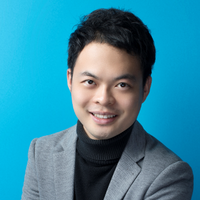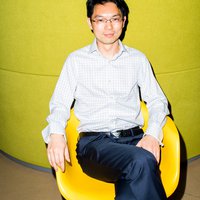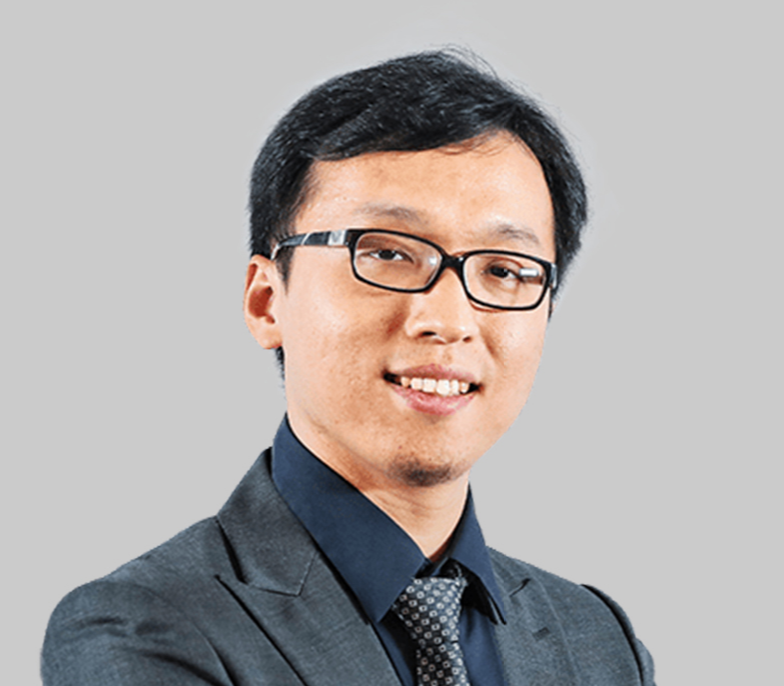Artificial intelligence & robotics
Wenyuan Dai
A practitioner of “AI For Everyone," his practice ranges from finance to the Internet, and from Chinese medicine to identifying ancient texts

China
Xingze Wang
Computer vision with physical optics

Global
Gang Wang
At the forefront of turning AI into consumer-ready products.

Global
Angela Schoellig
Her algorithms are helping self-driving and self-flying vehicles get around more safely.

China
Qi Yin
Striking a balance between pragmatism and faith in technology
